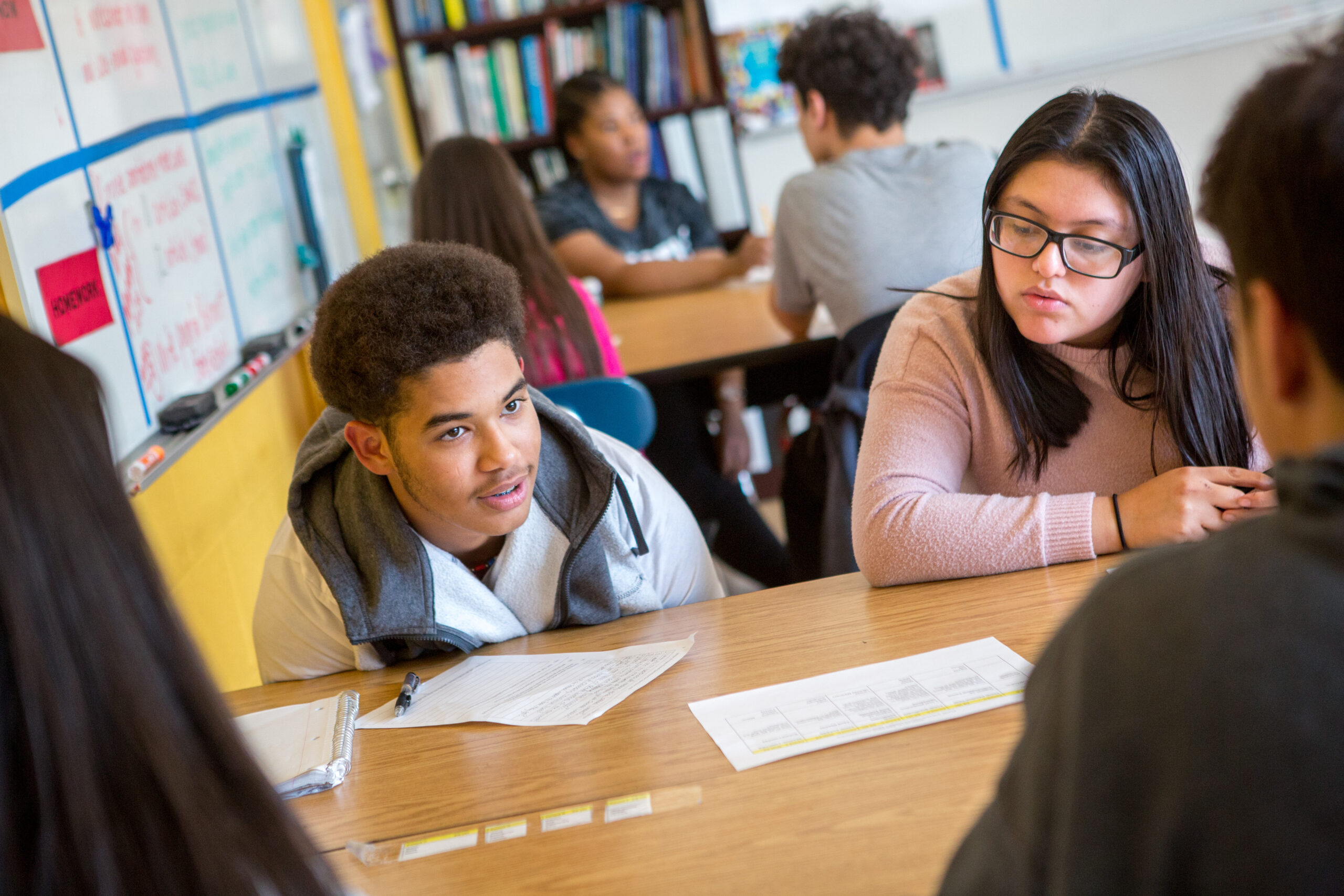By Sarah K. Burriss and Halim Acosta
The EngageAI Institute grad student series features conversations and interviews with graduate students and postdoctoral scholars who are currently doing research within the Institute. Check out more blogs in the series here!
What progress have you made with your current research project(s) with the Institute?
Halim Acosta (HA): I have currently been working on two research directions. The first has been focused on utilizing large language models to identify students’ collaborative activity from their chat messages. The second path has been focusing on examining students’ multimodal data (facial features, trace log information, chat messages) to try to identify data points that can help to describe the quality of students’ collaborative behaviors.
Sarah Burriss (SB): My research focus is on AI ethics in K-12 education, and especially exploring ways to bring students and educators into consequential AI ethics conversations. This fall, I led a research team working with high school students to make public service announcement videos about an AI Bill of Rights for Young People. In the spring of 2024, we will continue working with middle school students to redesign the White House Blueprint for an AI Bill of Rights to be more accessible and relevant to students and young people. I’m also working with Pati Ruiz, Nicole Hutchins, and our Practitioner Advisory Board to create a co-designed AI Bill of Rights for Educators. In addition to the Bill of Rights work, I’m excited to be collaborating with people across the Institute to work on an AI ethics-centered narrative learning experience for middle grade students.
What interests you about AI in education?
HA: I see the massive potential and benefit of how AI tools can transform education. The uptick in AI technology makes it such that these tools will become ubiquitous quite soon and I would like to be at the forefront in developing these tools as well as providing a perspective to ensure that they create fair and equitable outcomes.
SB: I believe that social justice can’t exist without technological justice—and literacy—in the age of AI; AI literacy is now a crucial requirement to live well and justly. Like Halim, I see tremendous potential for AI, but I think we—with students, families, and educators—have to shape it (and our uses of it) carefully so that its benefits are equitable.
What is the ultimate goal of your research?
HA: I would ultimately like to visualize and interpret students’ multimodal data in order to provide automated ways of understanding and identifying quality collaborative experiences. We are also hoping to submit this work to the Educational Data Mining conference in February 2024. More broadly, I do aim for this work to contribute to the development of engaging collaborative environments.
SB: My primary goal is to involve young people in making crucial decisions about their lives/futures with AI—I think we have a lot to learn from and with them! As we increasingly read, write, play, and work with AI, we also have to build ways for students and teachers to have meaningful input into what we want these experiences to look and feel like—and how we can put equity and justice at the center of our interactions with technology.
Header photo: Photo by Allison Shelley/The Verbatim Agency for EDUimages

